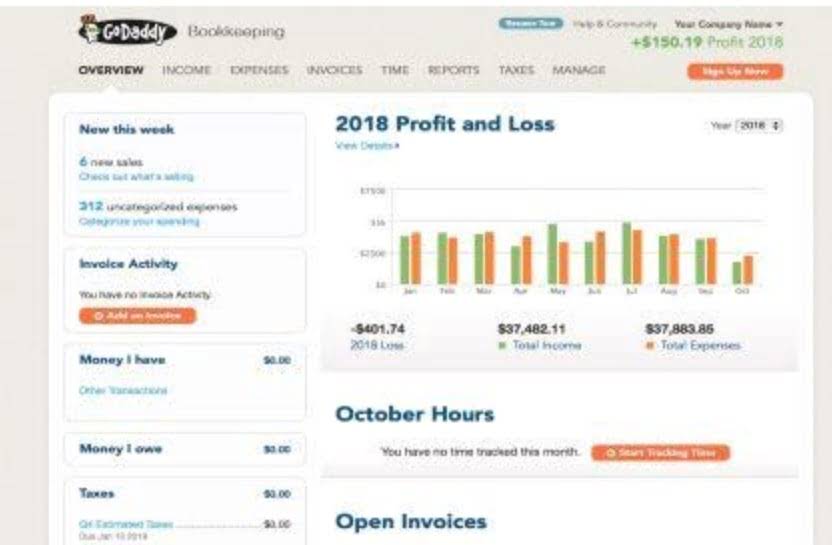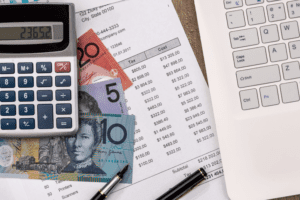
The debit part of the entry is made to the Uncollectible Accounts Expense account. Bad debt can be reported on the financial statements using the direct write-off method or the allowance method. For companies that offer debt securities and lines of credit to consumers and corporate borrowers, defaults on financial obligations – akin to irretrievable receivables – are an inherent risk to their business model. The sale from the transaction was already recorded on the income statement of the company since the revenue recognition criteria per ASC 606 were met.
2 Account for Uncollectible Accounts Using the Balance Sheet and Income Statement Approaches

The formula uses historical data from previous bad debts to calculate your percentage of bad debts based on your total credit sales in a given accounting period. Fundamentally, like all accounting principles, bad debt expense allows companies to accurately and completely report their financial position. At some point in time, almost every company will deal with a customer who is unable to pay, and they will need to record a bad debt expense. A significant amount of bad debt expenses can change the way potential investors and company executives view the health of a company. Bad debt expense is reported within the selling, general, and administrative expense section of the income statement.
What is a Contra Account?
The historical records indicate an average 5% of total accounts receivable become uncollectible. According to the GAAP principles, there are two ways businesses can estimate bad debt – the sales approach, which uses a percentage of the total sales of a business for the period, or the percentage of accounts receivable method. The bad debts are the losses that the business suffers because it did not receive immediate payment for the sold goods and provided services.
How to Use the Aging of Accounts Receivable Method for Bad Debts
When your business decides to give up on an outstanding invoice, the bad debt will need to be recorded as an expense. Bad debt expenses are usually categorized as operational costs and are found on a company’s income statement. Aging schedule of accounts receivable is the detail of receivables in which the company arranges accounts by age, e.g. from 0 day past due to over 90 days past due. In this case, the company can calculate bad debt expenses by applying percentages to the totals in each category based on the past experience and current economic condition. The percentage of receivables method is a balance sheet approach, in which the company estimate how much percentage of receivables will be bad debt and uncollectible. In this case, the company usually use the aging schedule of accounts receivable to calculate bad debt expense.

Want More Helpful Articles About Running a Business?
The amount of bad debt expense can be estimated using the accounts receivable aging method or the percentage sales method. Bad debt expense is a natural part of any business that extends credit to its customers. Because a small portion of customers will likely end up not being able to pay aging of accounts receivable their bills, a portion of sales or accounts receivable must be ear-marked as bad debt. This small balance is most often estimated and accrued using an allowance account that reduces accounts receivable, though a direct write-off method (which is not allowed under GAAP) may also be used.
Aging Method of Accounts Receivable/Uncollectible Accounts

Companies periodically adjust their allowance for doubtful accounts to reflect the changing risk landscape and economic environment. This adjustment is critical for accurate financial reporting and involves revising the estimated uncollectible amount based on current data and trends. Regular reassessment ensures that the allowance aligns with the company’s actual experience of bad debts. Accounts receivable aging is useful in determining the allowance for doubtful accounts. When estimating the amount of bad debt to report on a company’s financial statements, the accounts receivable aging report is used to estimate the total amount to be written off. However, the direct write-off method can result in misstating the income between reporting periods if the bad debt journal entry occurred in a different period from the sales entry.
Accounts Receivable Method
- When a company engages in conscious marketing, it must appeal to all of the stakeholders who are affected by the firm.
- The aging method is often referred to as the balance sheet approach because the accountant attempts to measure, as accurately as possible, the net realizable value of Accounts Receivable, which is a balance sheet figure.
- However, if the situation has changed significantly, the company increases or decreases the percentage rate to reflect the changed condition.
- On the other hand, the supplies were bought on credit which means that the company the supplies was bought from is being owed.
- Get instant access to video lessons taught by experienced investment bankers.
When a business offers goods and services on credit, there’s always a risk of customers failing to pay their bills. The term bad debt refers to these outstanding bills that the business considers to be non-collectible after making multiple attempts at collection. A high bad debt ratio can indicate that a company’s credit and collections policies are too lax, or it may suggest that the company is having trouble collecting customer payments. With B2B businesses relying on the credit model to bring in more clients and sales volume, bad debt has become an inevitable part of operations.
What is the aging method?
Some of the people it owes money to will not be made whole, meaning those people must recognize a loss. This situation represents bad debt expense on the side that is not going to collect the funds they are owed. The major problem with the direct write-off is the unpredictability of when the expense may occur. Consider a company that has a single customer that has a material amount of pending accounts receivable.
Great! The Financial Professional Will Get Back To You Soon.
The timing of when cash is received is the only distinction between these sales transactions. The cost of living is considered to be the amount of money which is needed in order to cover basic expenses such as food, housing, taxes, and healthcare in a certain place and time period. Thus, the cost of living is often used in order to compare how expensive it is to live in one city when compared to another.
- After an impairment write-down, depreciation is generally lower in subsequent periods – True, because the asset’s carrying value is reduced, which in turn reduces the depreciation expense in future periods.
- Therefore, in this scenario, the most appropriate investment would be money market instruments, which can provide a stable rate of return with less risk in a rising interest rate environment.
- Either net sales or credit sales method is acceptable in the calculation of bad debt expense.
- This proactive financial planning helps businesses manage the impact of bad debts on their cash flow and profitability.
How is Bad Debt Recognized on the Income Statement?
However, because of large discrepancies between the estimated and actual amounts, Hilroy decided to estimate its December 31, 2020 uncollectible accounts by preparing an ageing of its accounts receivable. Discover smart advice from one of our clients, Yaskawa America, who achieved zero bad debt by leveraging automation. Automation played a crucial role in Yaskawa’s success, providing better visibility, secure payment processing, reduced manual workload, and cost optimization.

